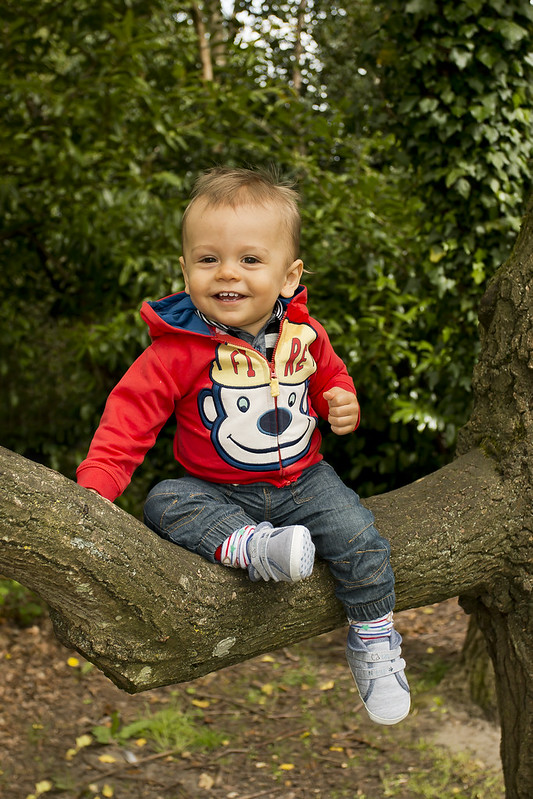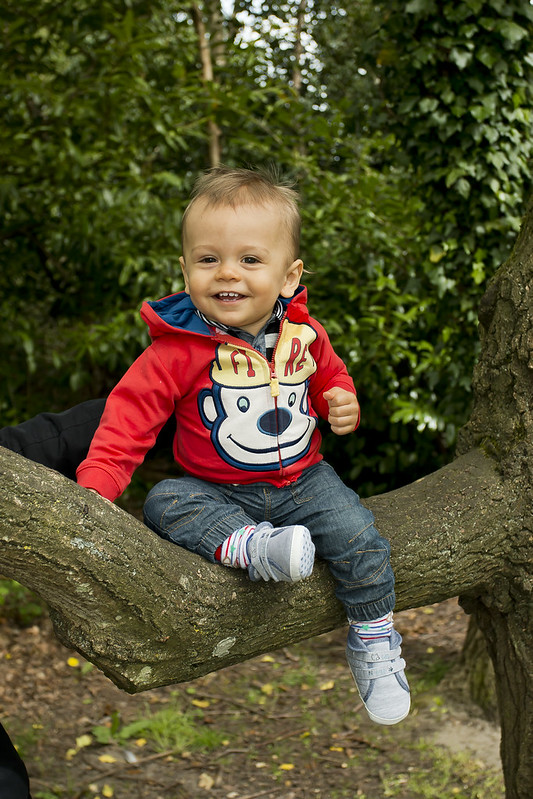- Messages
- 1,288
- Name
- Ian
- Edit My Images
- Yes
Yet another one of my son - sorry!
Using fill flash, which I've only recently started trying, so this was bit of an experiment really. 70D with 17-40mm F4 L
 IMG_0701 by Ian J Bradshaw, on Flickr
IMG_0701 by Ian J Bradshaw, on Flickr
He's only just one, so mum had hold of him and has been cloned out.
Any C&C would be appreciated.
Thanks for looking.
Using fill flash, which I've only recently started trying, so this was bit of an experiment really. 70D with 17-40mm F4 L
- ƒ/4.5
- 35.0 mm
- 1/250
- ISO 100
- Flash (on, fired) - using YN600EX-RT (which I've only had a short time, but have been very impressed with for the money) - set to -3 FEC from memory.
 IMG_0701 by Ian J Bradshaw, on Flickr
IMG_0701 by Ian J Bradshaw, on FlickrHe's only just one, so mum had hold of him and has been cloned out.
Any C&C would be appreciated.
Thanks for looking.


 IMG_0701Daylight WB
IMG_0701Daylight WB
 IMG_1503
IMG_1503